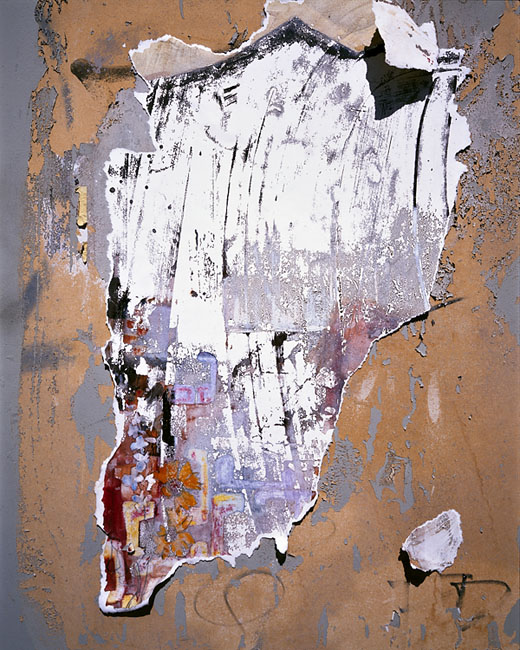It's much more than a word game. The idea that other meanings accrue in the work didn't really emerge until the 20th century. That's a long time, considering how many thousands of years people have been wrestling with these questions. It's is all an extension of the most basic question people bring to works, whether they're talking about stories, photographs, scripture, or even laws. One of the first is, where does the meaning come from? Answers include the author (of course), the structure of the work itself, culture (which includes the language used to create the work), and the readers' own acts of interpretation.
Of all of these, authorial intent is the most slippery. It's the thing we can never know, because even if the author is alive, or has made a statement, we don't know how credible their version is. To what degree do we even believe the creative process was conscious? If less than 100%, why do we trust the author's interpretation of it? How do we know they haven't just made up a story that they find satisfying, or that we will find satisfying? And if this is a story from a long time ago, don't we encounter the same problems looking back and trying to understand it that we encounter trying to understand the work directly?
I agree. This is one of the better illustrations of why authorial intent is a red herring. You'll find equally reliable information in the Farmer's Almanac.Stieglitz's differing versions of the Equivalents? Not surprising in the least. He spent many years on this--made something well over 200 pictures. His version of what he was doing and why no doubt changed over that time, no doubt he was working out the ideas out loud in real-time, trying them out on people. An artist is both the creator of a work (with the intended meaning) and a viewer of the work (with the accrued meaning). It's a mess to figure out. Stielglitz is unusual in that he is really famous and that this process was recorded to a degree.
I think the lesson is actually that they're not so different. Authorship implies authority ... that the person who made the thing has some special privileged position regarding its meaning. This is what all the 20th Century Death of the Author and intentional fallacy business has challenged. No one's saying that Stieglitz's opinion is worthless. And of course, it's valuable in terms of biographical interest. But in terms of understanding the work, his word is not necessarily more privileged than anyone else's ... a good thing, considering how completely incommensurable his versions have been.The meaning an author intends in a work and the meaning others place upon a work are not different points on the same spectrum. They are different things altogether.
If the ghost of Stieglitz pontificates to you on a cloud picture, feel free to channel the Dude from the Big Lebowsky, and tell him, "that's just like, you're opinion, man."




 Reply With Quote
Reply With Quote



Bookmarks